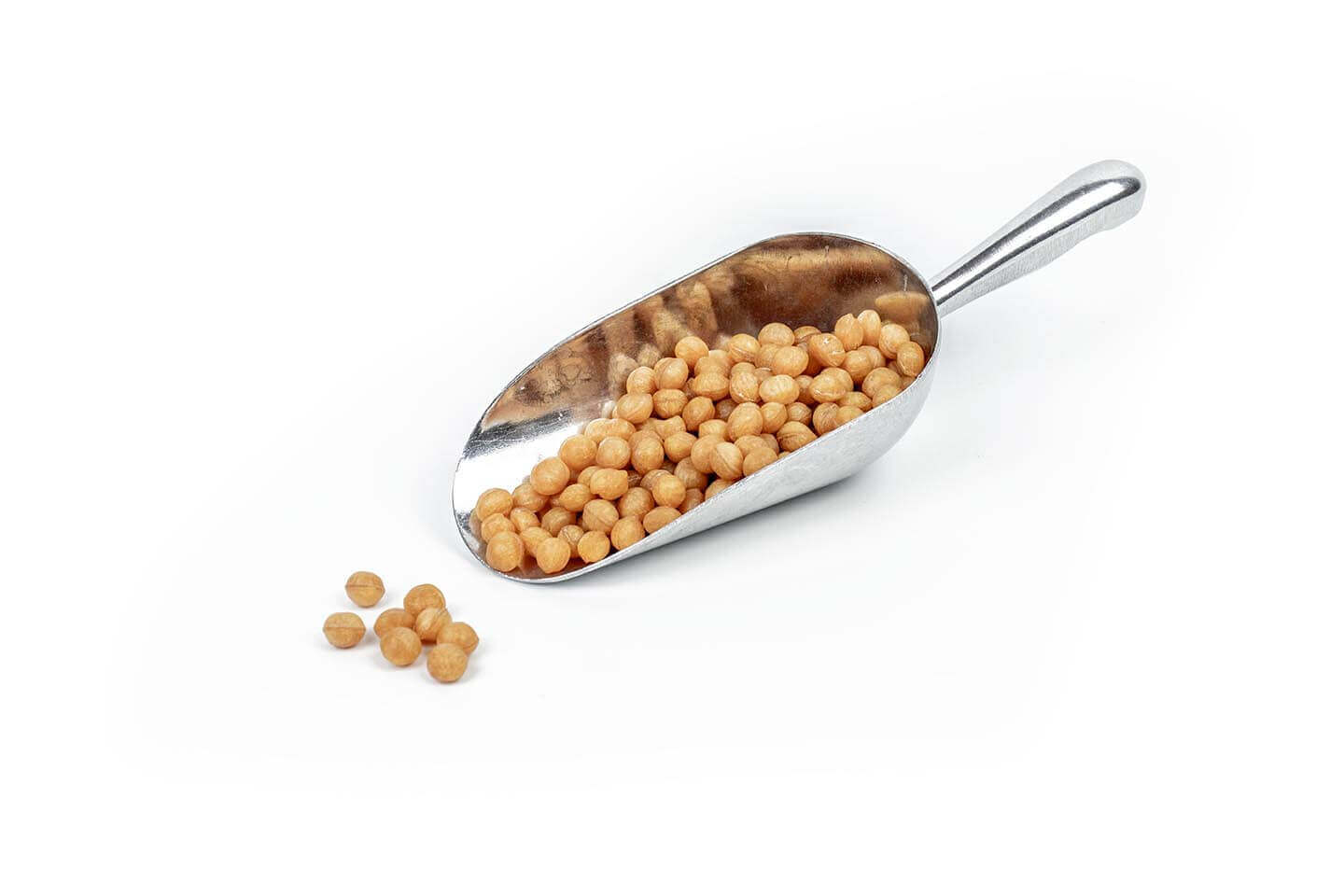
A deeper flavour than honeycomb or butterscotch. 8mm balls, Cocoa butter coated.

A deeper flavour than honeycomb or butterscotch. 8mm balls, Cocoa butter coated.
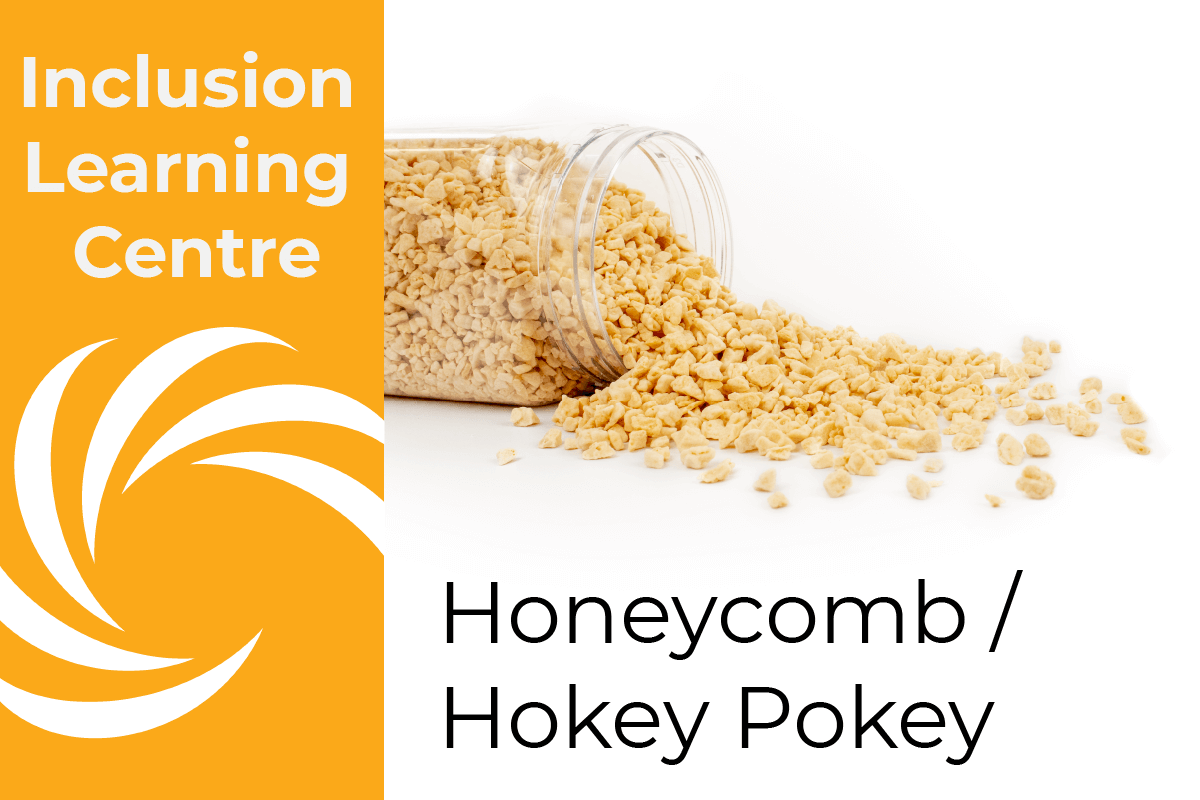
Many people’s first experience with homemade Honeycomb/Hokey Pokey was part science experiment and part art as you cooked, mixed and cooled simple ingredients for a delicious light and caramel flavoured snack. Our technical team and years of experience with the sweet foam textured confection means that the FoodFlo team can provide formulations with control and precision around bubble size (fluffiness or firmness of the product) flavour (caramel, mint, lemon, or raspberry perhaps?) as well as even developing a version that is sugar-free.
Honeycomb and Hokey Pokey are the same thing but called different names based on the region or country you are in. Kiwi’s (people from New Zealand) call is Hokey Pokey, while Australian’s, South African’s and some other countries refer to it as Honeycomb. In the UK it is often called Cinder Toffee, and in North America, it is often Sponge Candy or Sponge Toffee.
As an inclusion, Honeycomb/Hokey Pokey gives you the opportunity to include a sweet crunch with just the right amount of flavour across a variety of texture options. Outside of the traditional kibbles (broken pieces, find “dust” or chunks), there is the randomly formed nature of Pieces, not quite a kibble, but with the smoother surface area of a ball to provide a hybrid option of kibbles and balls with popular characteristics of both categories of the hybrid inspiration. Honeycomb Balls uniform edge structure gives the most resistance to softening over other shapes in high moisture environments and is commonly used in ice creams or panned products.
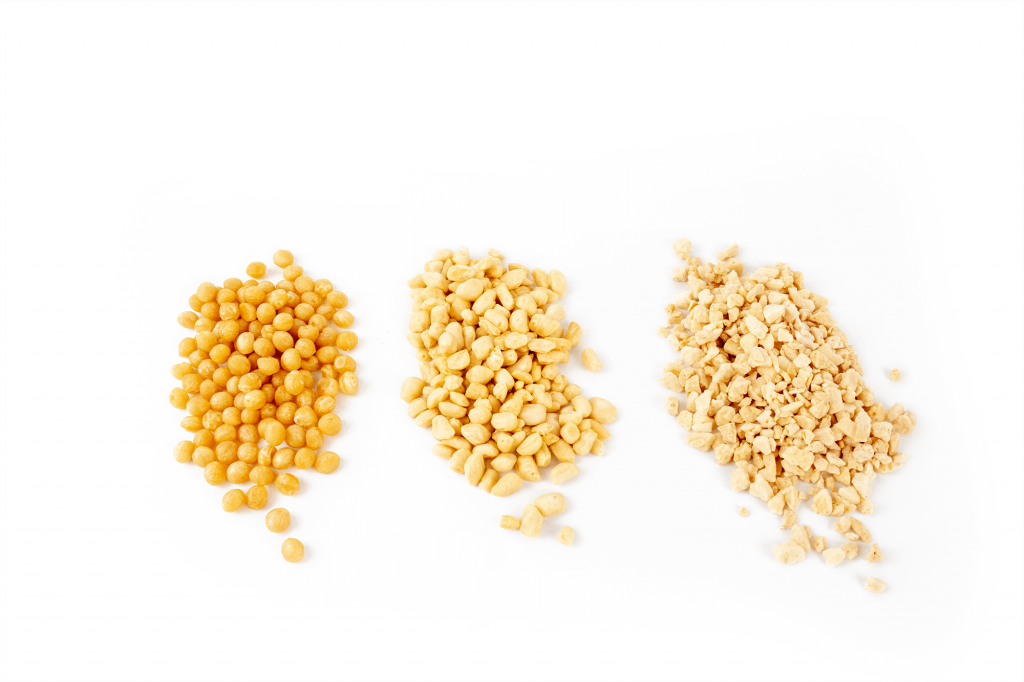
No matter what your desired application, there is sure to be a honeycomb solution available, we even have sugar-free versions of the famous treat. Our team are here to help you discover them.
Further reading:
https://foodflo.co.nz/honeycomb-inclusion-varieties-shapes/ – Honeycomb Inclusion Varieties/Shapes
https://foodflo.co.nz/variety-range-of-honeycomb-balls/ – Variety & Range of Honeycomb Balls
https://foodflo.co.nz/what-is-the-difference-between-honeycomb-and-hokey-pokey/ – What is the difference between Honeycomb and Hokey Pokey?
https://en.wikipedia.org/wiki/Leavening_agent – Leavening agent – Wikipedia
https://en.wikipedia.org/wiki/Honeycomb_toffee – Honeycomb Toffee – Wikipedia
https://paperspast.natlib.govt.nz/newspapers/EP19271219.2.166.2 – Hokey Pokey Recipe – The Truant Star, Evening Post, Volume CIV, Issue 147, 19 December 1927 – Papers Past, NZ National Library
https://www.scientificamerican.com/article/vanishing-baking-soda/ – Vanishing Baking Soda – Scientific American
https://www.stem.org.uk/system/files/elibrary-resources/legacy_files_migrated/31929-catalyst_24_3_579.pdf – The thermal decomposition of sodium hydrogen carbonate (or: Making honeycomb)
Related Inclusions


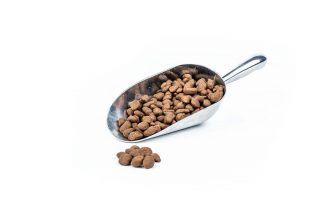
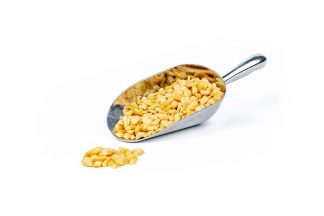
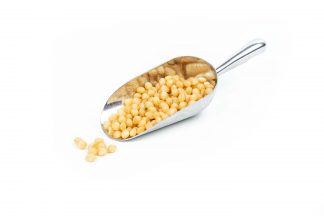
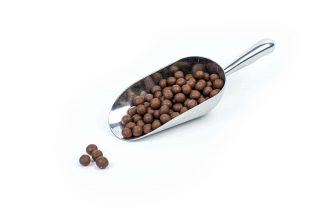
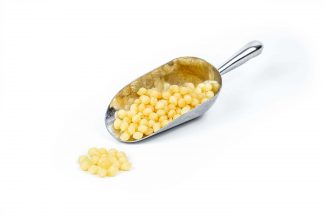

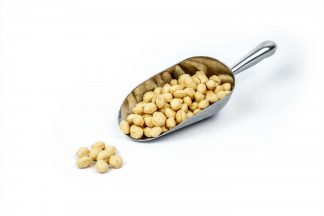
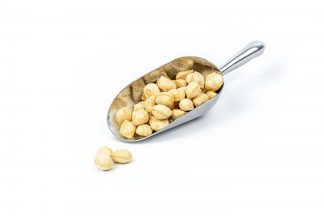
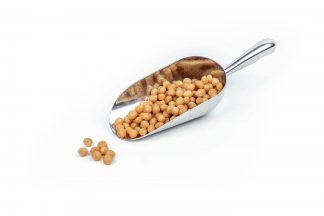
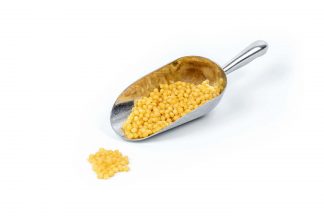
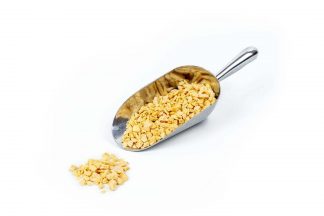
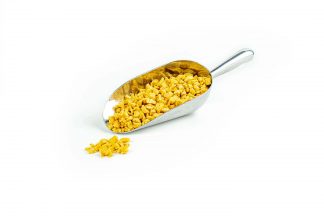
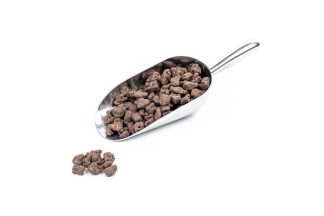
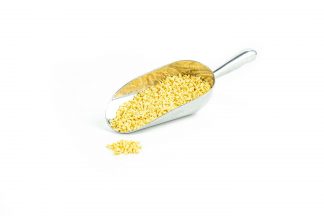
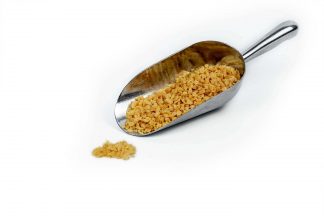
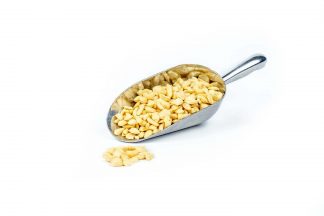
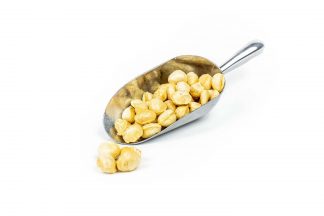
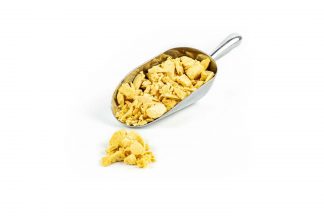
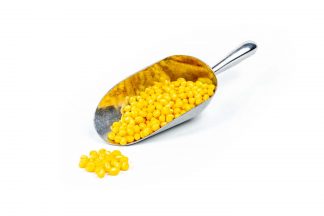
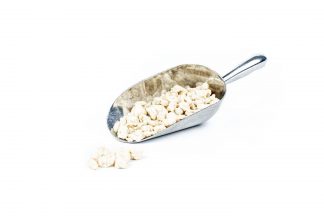
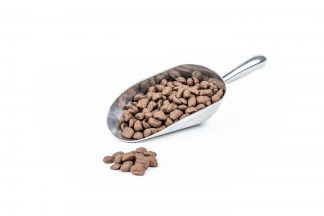
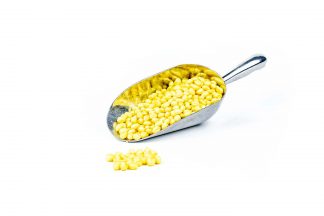


Honeycomb (the confectionery treat) and Hokey Pokey (the dessert, not the dance) are regionalised names for the same crunchy caramelised sugar treat filled with bubbles of air producing a sponge-like texture.
Honeycomb is the name that Australians will likely know the treat by, whereas Kiwi’s (New Zealanders) will likely call it Hokey Pokey. Regionally it may be referred to as sponge candy, sea foam, fairy food candy, or old fashioned puff in the US, and in Britain, it is often called Cinder Toffee with variances of puff candy in Scotland, Yellowman in Northern Ireland and Sponge Toffee in Canada.
There is often small regional variances of caramelisation, formulations or bubble size, and those variances are represented based on customer requirements across our extensive range of kibbles, pieces, and balls of inclusion options.
Traditionally, Honeycomb and Hokey Pokey have been small-batch treats made on a stovetop, with varying air pocket sizes and inconsistent results from batch to batch, with variances due to temperature, humidity and the rate of baking soda that was included (and how fast it could, or couldn’t be stirred into the mix and poured into the pan).
Our team draws on over 40 years of Hokey Pokey expertise to create a consistent and quality honeycomb inclusion range specifically developed with the varying applications in mind at the scale for use in commercial products and quantities.
When working to ensure the best possible tasting treat, our production process, quality control systems, and organoleptic testing processes ensure a sweet treat that tastes, looks and functions as required no matter the day it is ordered or produced.
Map outlines courtesy of – https://freevectormaps.com/world-maps/WRLD-EPS-01-0017?ref=atr
Wikipedia article with regional names used in map – https://en.wikipedia.org/wiki/Honeycomb_toffee

Honeycomb, also affectionately called Hokey Pokey (NZ), Cinder Toffee (UK) or Sponge Candy (USA) comes in a variety of shapes, sizes and textures depending on the intended final product properties.
With more than 50 varieties in production across a range of sizes, shapes and recipes, and over 40 years in business, the FoodFlo International team are honeycomb inclusion experts. They have even developed a sugar-free version of the classic treat.
Honeycomb Types (L to R): Balls, Pieces, and Kibble. Click to enlarge photo for more detail
There are three main shapes for honeycomb inclusions:
Each shape has qualities that suit different applications or outcomes. Combine your desired shape with the recipe for the right amount of fluffiness to the crunch or the depth of the caramelised sugar flavour, and you have an ingredient for your next product worth doing the Hokey Pokey for, they even come in flavoured honeycomb varieties.
No matter your application, we likely have the honeycomb solution. All products either standard range or partnership developed are subject to minimum order quantities and standard lead times.
Kibbles
Caramelised sugar with just the right amount of air pockets is what gives honeycomb it textured name, but it can also be kibbled into various pre-sized mixtures. These crushed and rough-textured kibbles are screened to ensure sizing for your production process requirements and can be coated with cocoa butter, chocolate or other confectionery barriers to keep the product free-flowing and create the desired result in your products. Kibbles are popular in bakery and chocolate applications.
Balls
Full or half-round, and available from 4 – 15 mm across a range of recipes, the classic honeycomb ball is perfect for freeze/thaw applications thanks to the uniform surface area and a layer of protective coating for just the right amount of crunch. Honeycomb balls are also a perfect snack mix addition and are suitable for panning processes.
Pieces
Randomly formed pieces of smooth honeycomb. Not a ball, but also not a kibble. Just right for your gourmet frozen products thanks to their random shapes and sizes for a premium experience without the exposed surface area of kibbles. Perfect for panning, ice creams, chocolate, bakery decoration, and much more.
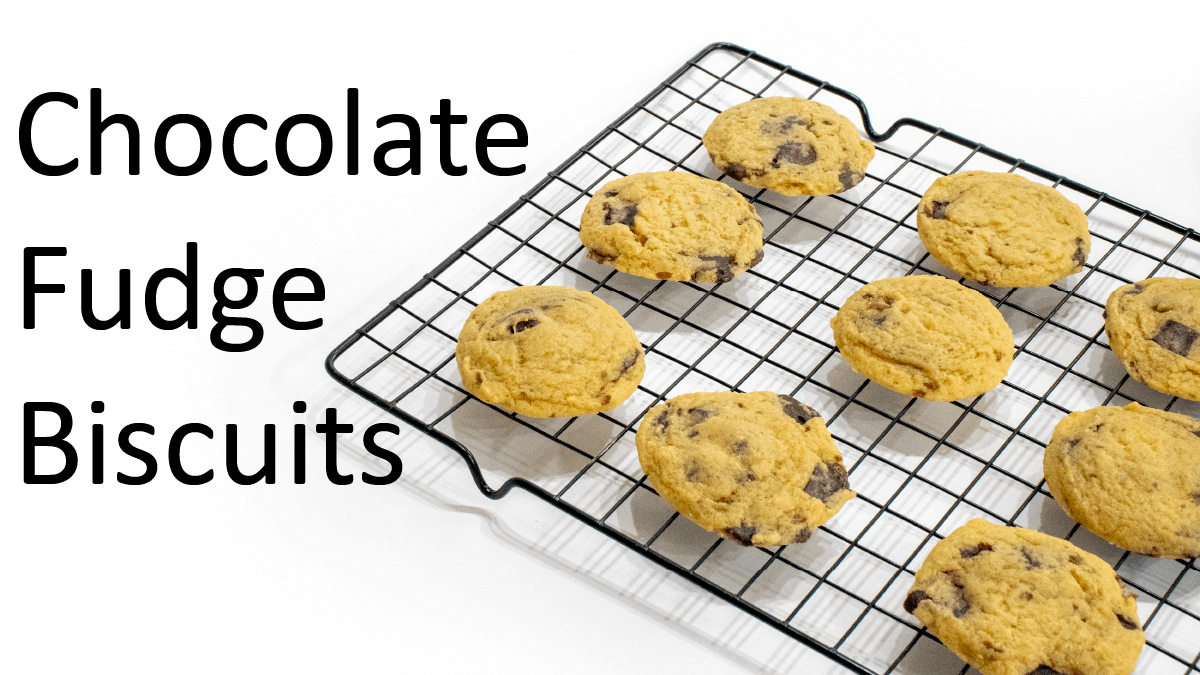
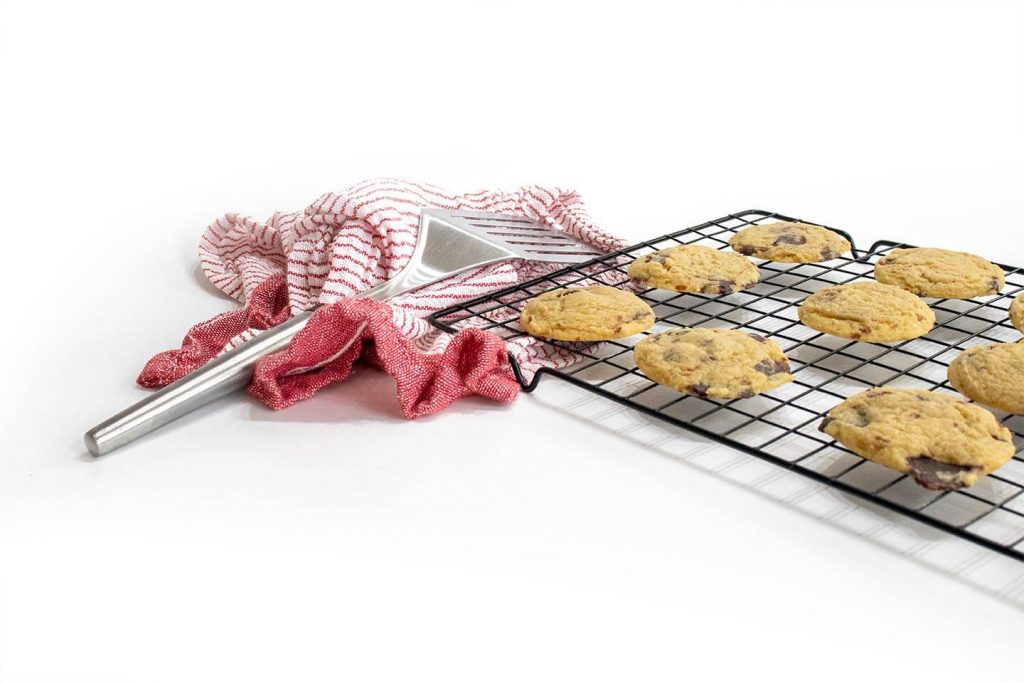
Delicous Chunks of Fudge,
in a decadent bakery style biscuit. YUM! Looking to create something new and exciting in the bakery section? Our team would love to help. Check out the delicious Fudge Chunk Biscuits, Made with freeze/thaw stable fudge pieces (perfect for ready to bake products) and a delicious no dairy formulation gives decadence for formulations that require plant based ingredients.
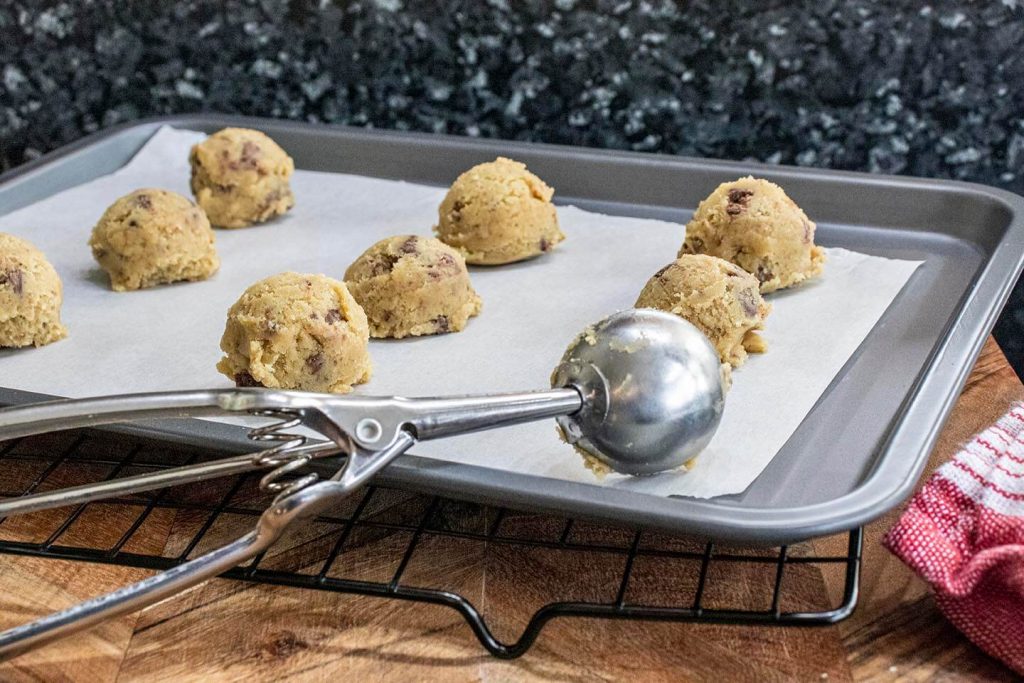
Fudge Chunk Biscuits
These delicious treats were made with our favourite biscuit recipe, the only difference was we swapped out the chocolate chips for fudge chunks. Other delicious options we have tried and love include using nougat kibble (making for a treat with a sweet honey flavour) honeycomb balls, and caramel fudge balls.
How an inclusion performs in a bakery environment depends completely on the variables of the environment, heat, recipe, and time that you require in your process. The best way to test the suitability of inclusions for your process is to try it! Some of the best surprises come not from what the product stays looking like, but what the creation turns into.
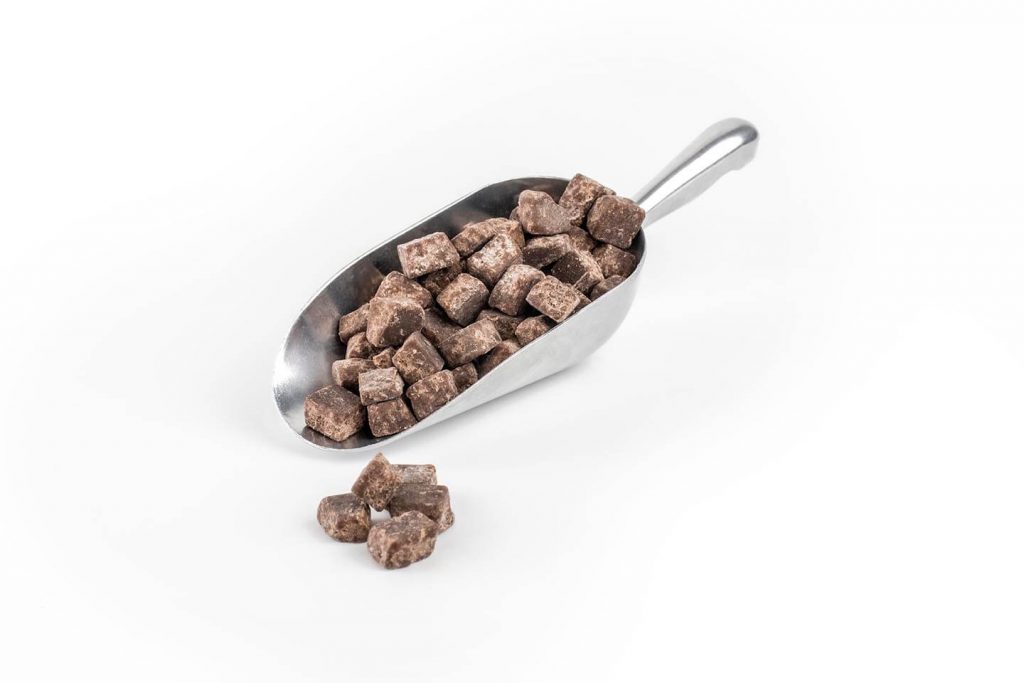
A no dairy formulation creates a delicious ice cream friendly chocolate fudge piece with rich chocolate flavour and sweetness sure to delight.

Palm oil is a popular confectionery coating fat thanks to its creamy texture and neutral flavour. Oil from palm trees It is also very efficient to produce (source) compared to other oil products per unit of land. FoodFlo International uses only RSPO Certified Sustainable Palm Oil as per our Sustainable Palm Oil Policy.
This fantastic and multipurpose oil is clear, odourless and flavourless and hardens to a bright white colour in solid form. Applied carefully, it helps to mitigate the effects of ambient moisture in production processes that would otherwise cause uncoated items to clump together and used in greater volume used for minimizing the impact of high moisture applications (such as in ice cream) or freeze/thaw situations on products like honeycomb balls. This multipurpose ingredient is used as a cooking oil in some countries thanks to its impressive range of properties.
No matter what your desired application, there is sure to be an ideal solution available. Our team are here to help you discover them.
Further reading:
https://foodflo.co.nz/about/quality-safety/ – FoodFlo International Sustainable Palm Oil Policy
https://rspo.org/about – About the RSPO
https://www.youtube.com/watch?v=Lf-GiulGlqg – How It’s Made Palm Oil (YouTube Video)
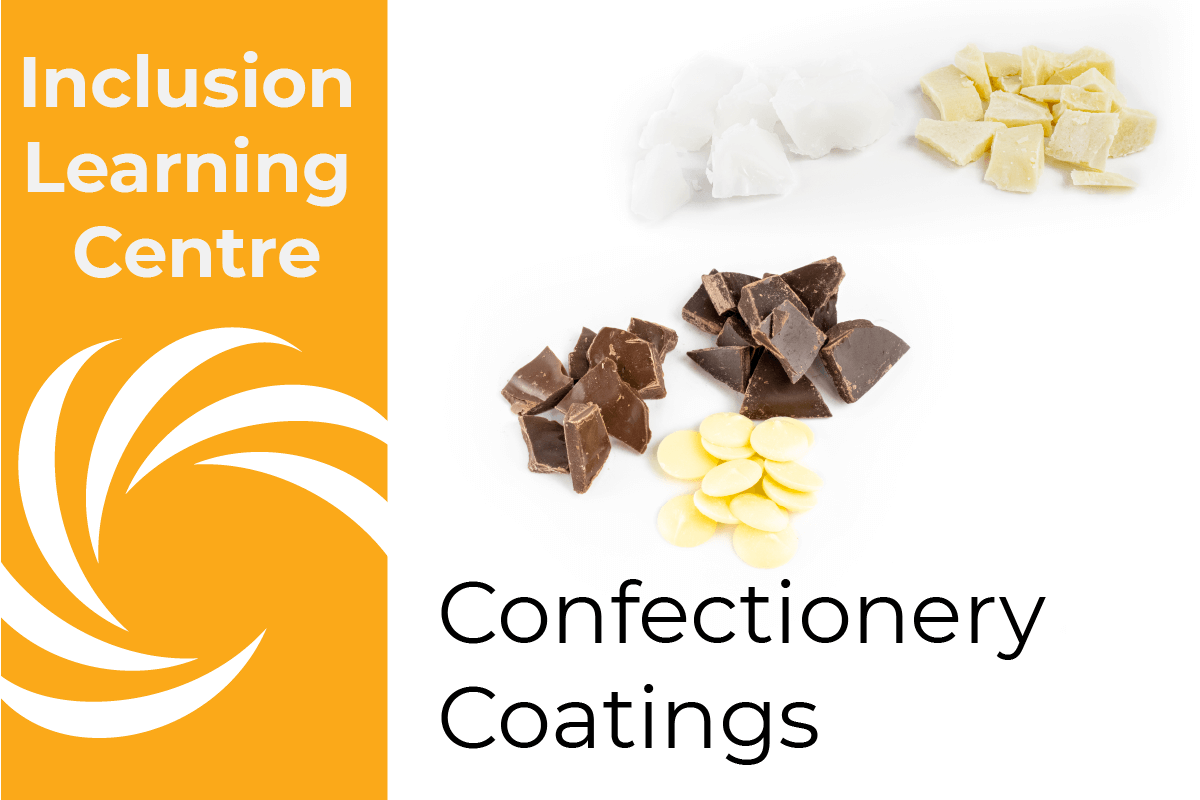
Confectionery coatings are a great way to enhance specific properties of your inclusion. This can be for the benefit of the final product, or as a processing aid. Regardless of if you are hoping to delay softening or create a smoother free-flow in your production dosing, there are a variety of solutions that are available.
Confectionery coatings primarily act as a moisture barrier, creating a moisture-resistant coating on a product that would naturally absorb environmental moisture at a level that encourages the inclusions to either stick together in ambient storage or dissolve quickly in high moisture environments. By manipulating the quantity and type of coating applied, inclusions such as Honeycomb can be engineered to remain crunchy in products like ice cream or melt just the right amount while still being free-flowing without impacting taste profiles.
The most common coatings include RSPO Certified Sustainable Palm Oil (See our Palm Oil Policy for more information or talk to the FoodFlo Team about your requirements). Cocoa butter is also an option for more premium products where your processes exclude the option of using palm products.
If you are looking to also add another layer of flavour to the product, the use of a chocolate or compound choc in white, milk, or dark, or even a mix of choc and fat or cocoa butter in a partial coating scenario allows your product to get value, flavour and desired performance all rolled into a single ingredient.
The FoodFlo Team use a variety of methods to create and capture various qualities across a range of inclusions on offer and are excited to work with you to find the right mix for your needs.
Further reading:
https://foodflo.co.nz/variety-range-of-honeycomb-balls/ – VIDEO – Variety & Range of Honeycomb Balls
https://foodflo.co.nz/confectionery-coatings-in-moisture-water-demonstration/ -VIDEO – Confectionery Coatings In Moisture – Water Demonstration
https://foodflo.co.nz/chocolate-options-as-confectionery-inclusion-coatings/ – VIDEO – Chocolate Options As Confectionery Inclusion Coatings
https://foodflo.co.nz/application-inspiration/peanut-brittle-ice-cream/ – Application Inspiration: Peanut Brittle Ice Cream
https://www.academia.edu/26660344/Technology_of_Coated_and_Filled_Chocolate_Confectionery_and_Bakery_Products – Ibrahim Bouaiss – Technology of Coated and Filled Chocolate Confectionery and Bakery Products

What message are you looking to send with the size of the inclusions in/on your products?
Are you wanting small pieces evenly distributed through the product, giving a feeling of abundance – or a larger piece with less quantity and a sense of gourmet decadence in the finished product?
Are there any processing requirements within your own production processes that limit or impact the size of your inclusions?
No matter your size requirements, our team are here to help.
Inclusion Inspiration






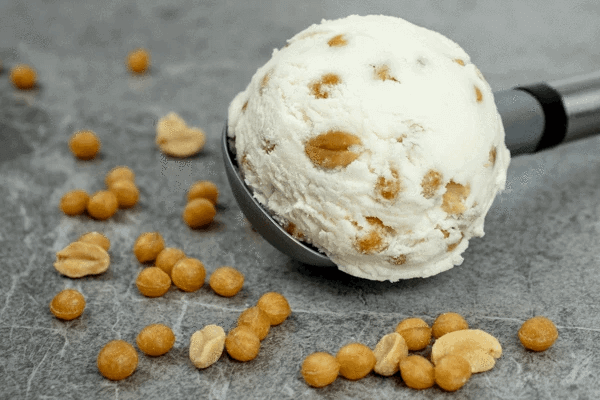
Inclusions without nuts don’t have to mean a nut-free final product, with our range of brittles, butterscotch, caramels and soft kibbles giving product developers scope to deconstruct flavours for a premium finished product worthy of your customer’s next Instagram post.
There are few things more traditional than homemade peanut brittle and vanilla ice cream, this isn’t boring basic vanilla with little bits of the traditional treat mixed inside. This is a deconstructed premium delight:Recipe (as shown in the photo):
Variations:
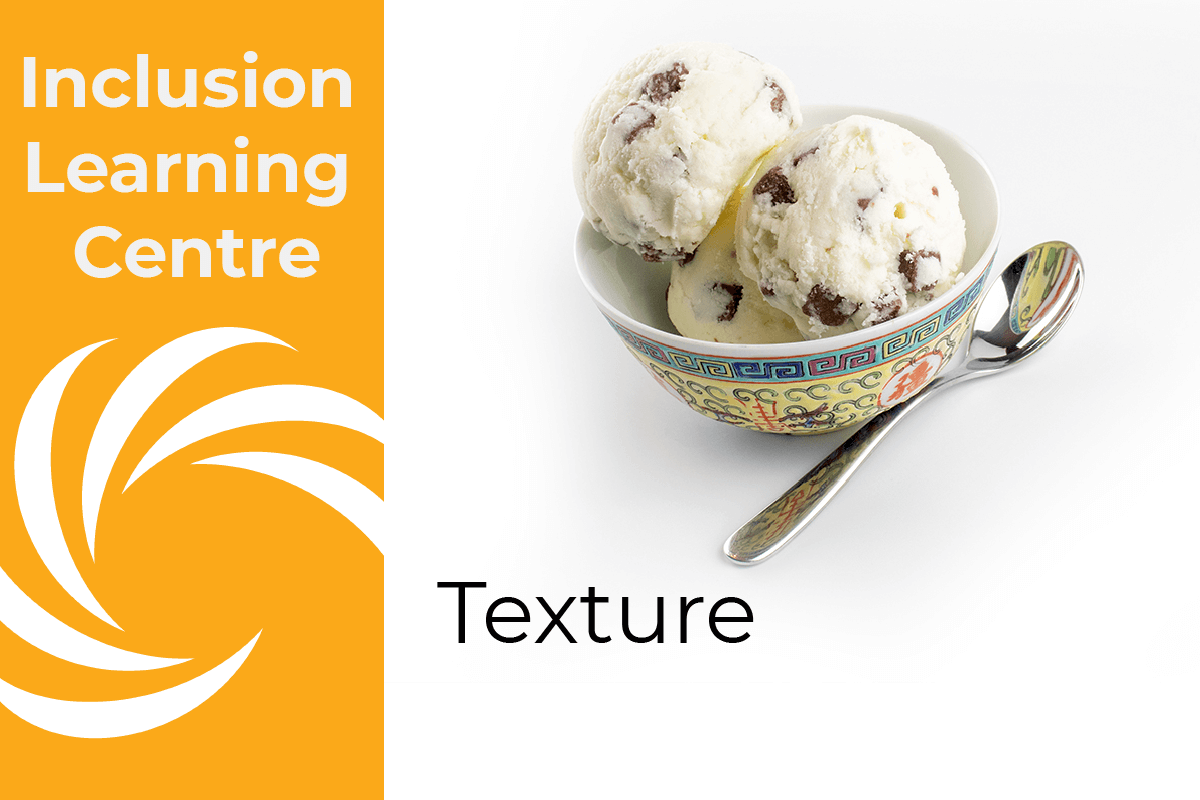
The texture is the feel, appearance or consistency of something. This can be both a visual and “in-mouth” experience as part of food product development and something that needs to be considered as part of your product to ensure the desired end effect with inclusions.
When considering texture is it a crunch, chew, or perhaps a biscuity texture you desire.
How does the texture of the inclusion sit against the rest of the product?
What level of texture contrast are you looking to achieve?
How does the experience of various textures and flavours relate to the experiences and expectations of the target market for your product?
No matter what your texture requirements, our team are here to help.
Further reading:
What is texture – https://www.cs.auckland.ac.nz/~georgy/research/texture/thesis-html/node5.html
Modifying Food Texture for the Older Adult – https://edis.ifas.ufl.edu/fs156
Food Texture: how important is it? – https://www.theguardian.com/lifeandstyle/wordofmouth/2013/jul/02/food-texture-how-important